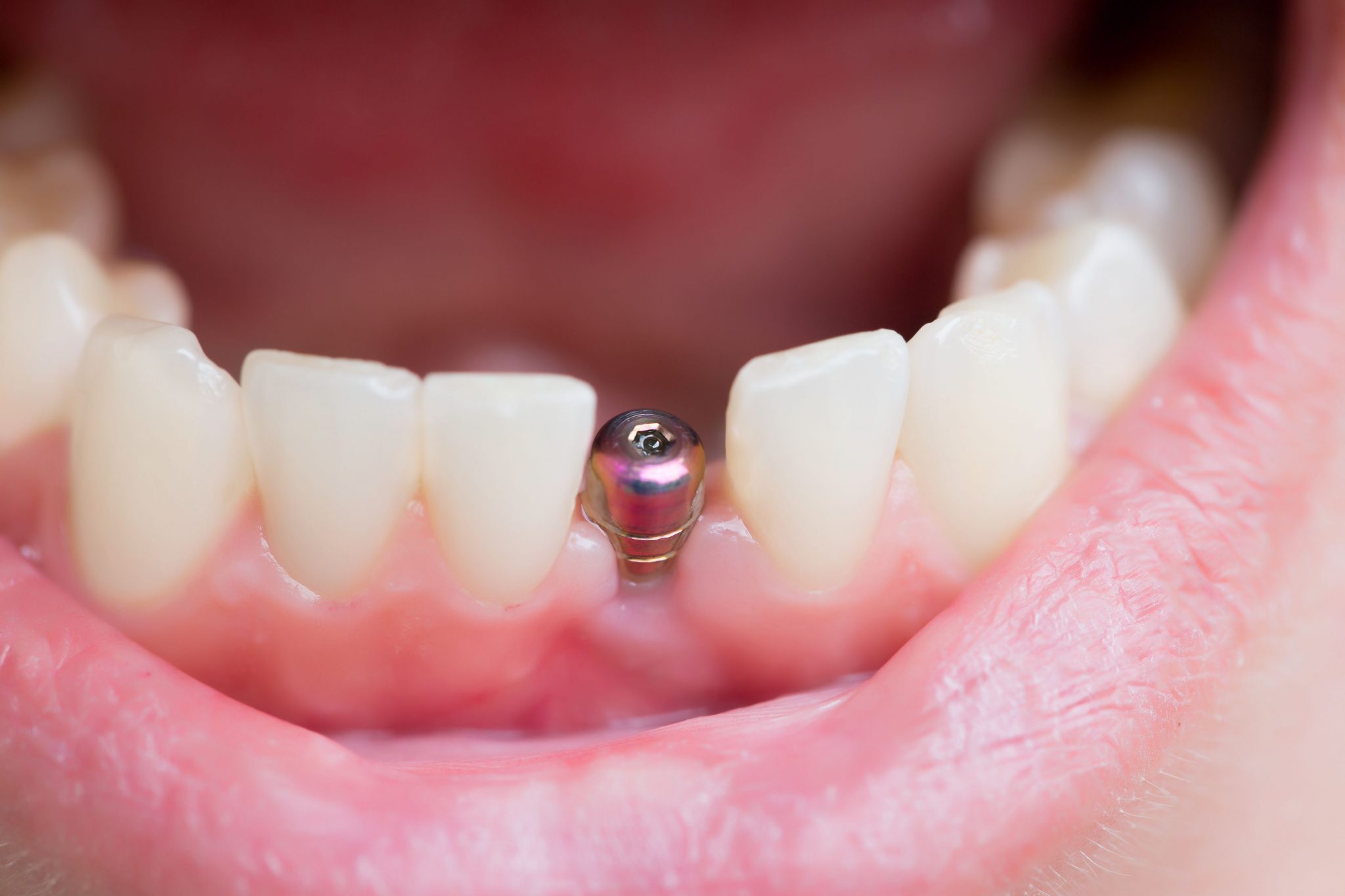The move towards metal-free dentistry
NewsPosted by: Dental Design 4th April 2019

Metal-free and reduced metal treatments can produce a more natural look and are proving increasingly popular.
In recent years dentistry has been experiencing somewhat of an aesthetic revolution. Extensive research and time has been dedicated to developing solutions that can offer patients a more natural-looking smile, and this is impacting how professionals provide dentistry.
The pursuit of beauty
For the most part, people are no longer satisfied with results that can only provide great function, and this means that they look instead to options that can deliver both function and aesthetics in equal measure.
Arguably, the quest for better aesthetics has always driven certain developments in the industry, but modern attitudes have undoubtedly played a key role in the current wave of innovations. One theory behind this is that our wider use of social media, increased exposure to celebrity culture and awareness of people with ‘perfect teeth’ has encouraged individuals to want to change their smiles for the better. However, it could also be due to the fact that people have more positive perceptions of these with straighter, whiter smiles.
Studies have revealed that straight, white teeth play a key role in how attractive we appear to other people, and that they act as an ornament to indicate our general health and viability as a romantic partner. Therefore it makes sense that people want to strive towards beautiful but natural looking solutions when choosing dental treatment.
A move away from amalgam
Perhaps one of the most recent drives towards metal-free dentistry is the stricter rules surrounding the use of amalgam in dental practices. Dental amalgam has long been subjected to debate in the industry due to health and environmental concerns caused by its high mercury content, and it is partly these factors that lead to 28 countries banning the use of amalgam for children under 15 years old and pregnant women under the Minamata Convention Treaty.
This has meant that for patients and practitioners alike, the search for a suitable alternative has come to the forefront. Glass ionomers and natural- looking composites are often suitable substitutes, and recent advances have meant that many of these are not only much stronger than previous iterations, but are also able to offer an exact shade match to the surrounding natural dentition.
Evolution of dental crowns
It’s untrue to say that the focus on improving aesthetics of crowns is only a recent phenomenon. Although full-metal crowns remain in wide use, better-looking alternatives to these have been available for quite some time – such as porcelain fused to metal (PFM) crowns, which were first created in 1950. However, PFM crowns do still have aesthetic shortcomings, and these are especially evident in patients who have thin gingival biotypes, as the metal can often appear through the soft tissue or become fully visible in the case of recession. It is only the recent push towards new solutions such as full zirconia crowns that has allowed patients to experience metal-free solutions that offer the appropriate level of strength. Traditional non-metal treatments, such as resin crowns, are unlikely to be able to provide a long-lasting solution, because they wear down easily and do not withstand biting or chewing forces well.
Invisible orthodontics
Orthodontics has also experienced a new wave of metal-free and reduced metal treatments. Ceramic or clear plastic brackets and wires are quickly becoming the norm, and these help to lessen the impact that these treatment solutions have on the aesthetics of patients’ smiles.
Furthermore, the availability of solutions such as invisible plastic aligners have fast become preferable for patients whose orthodontic needs can be met by them. This is because they are not only capable of achieving the desired results without being too noticeable, they are also removable and therefore allow patients to clean their teeth properly, avoiding the risk of caries and periodontal disease caused by build up around orthodontic wires.
Implants
Dental implant treatment has traditionally been a metal-heavy solution to resolving partial or complete edentulism for patients. However, much like the case with crowns and orthodontic appliances, patients considering dental implants are also looking towards more aesthetic, metal-free options. These offer distinct benefits in that they are suitable for people with thin gingival biotypes as they have no metal to show through and, if made from a sturdy material such as zirconia, they offer the necessary strength to be a long-lasting solution.
Understanding this, Nobel Biocare developed NobelPearl – a completely metal-free, two-piece ceramic implant that brings a host of advantages. Proven to have a low plaque affinity, the implant has also been designed to improve the soft tissue appearance and is especially beneficial for patients with thin gingival biotypes due to its natural-looking colour.
Time to go metal-free?
In then end, it’s worth exploring the metal- free alternatives to see if these will be suitable for your patients. There will be cases where metal solutions may offer more predictable or effective results and these should not be discounted. However, by offering more natural- looking options you’re likely to help your patients achieve the aesthetics they desire.
For more information, contact Nobel Biocare on 0208 756 3300, or visit the website at www.nobelbiocare.com/pearl
About the author
Jonathan Fleet is product manager for nobel Biocare ltd. in the UK and Ireland.









